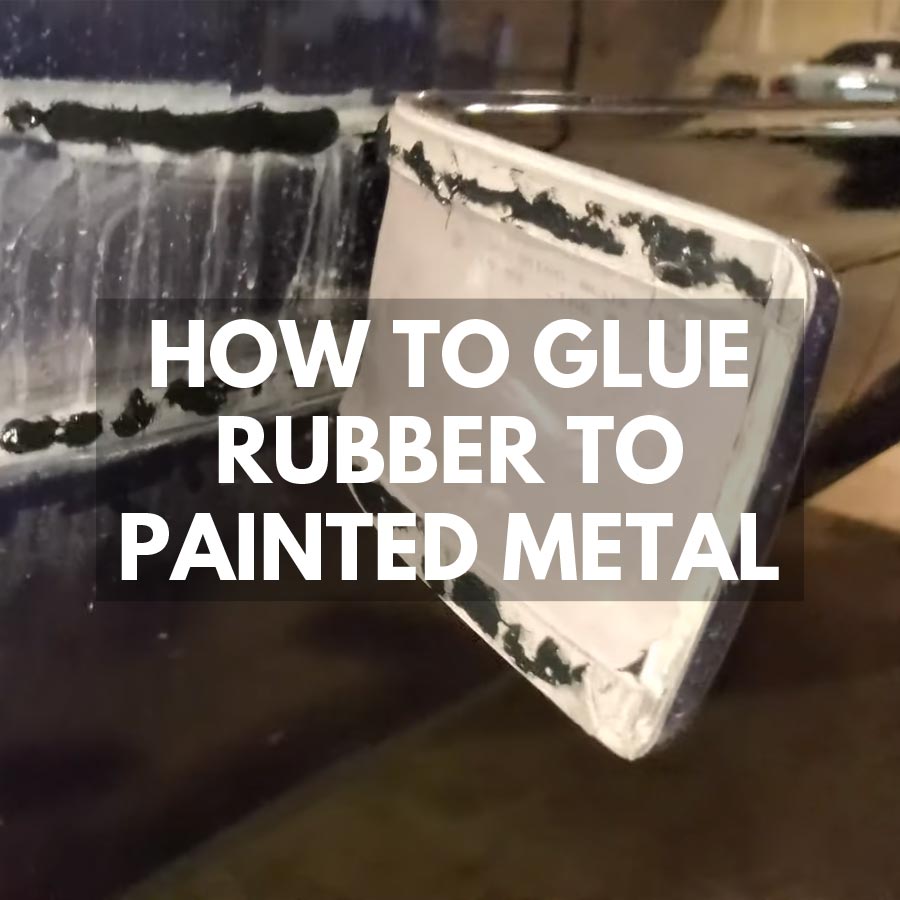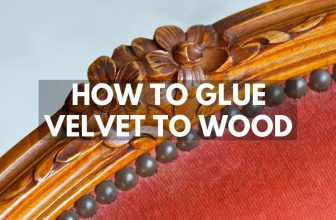
How to Glue Rubber to Painted Metal
Quickly learn how to glue rubber to painted metal using this guide’s handy tips. For many projects around the house, gasket adhesive is an excellent choice. You can achieve a more permanent bond with contact cement and some epoxies work well with metal.
To find a suitable adhesive, you have to look at the potential life of your project. Will it be subjected to weather? Do you want the option of removing the rubber at some point? Here are some strong rubber glues.
Once you know what features you need, it becomes easier to choose an ideal adhesive. Look under the product details to discover the average dry time and information on how to prepare the surface.
Quick Tip: Try to avoid extreme temperature changes within the first 72 hours after the glue dries. Extreme heat or cold can negatively affect or weaken the bond. For example, if you subject contact cement to high heat within the first 72 hours, it could completely undermine the adhesion.
What Glue Can You Use For Rubber to Painted Metal?
Many name-brand glue options provide strong, flexible, and long-lasting bonds between various materials, including rubber and painted metal. Each one has strengths and weaknesses. You will find one to match any type of project. Always follow the instructions and manufacturer’s guidelines for the best results.
Epoxy Resin
Epoxy resin is a good all-around adhesive used for many indoor or outdoor projects. The relatively quick dry time can be an advantage, and once dried, the bond is incredibly durable. Epoxy resin works well with many surfaces, including rubber and painted metal.
Contact Cement
If you want a permanent, strong, adaptable glue, use contact cement. It is essential to check the paint for damage like air bubbles or cracking because the contact cement bonds to the paint and not the metal. Any paint issues can weaken the adhesion and potentially cause the rubber to separate from the metal.
Weatherstrip and Gasket Adhesive
Gasket adhesive is perfect for many projects involving gluing rubber to painted metal because it provides a semi-permanent solid bond with the flexibility of being removable. Weatherstrip adhesive will permanently attach to the rubber but can be scraped off the painted metal without damaging it if you ever choose to remove the rubber covering. Weatherstrip and gasket adhesive provide a strong, long-lasting bond between the two surfaces while being flexible enough to cope with various environments and weather.
How to Prepare Painted Metal Before Gluing
You need to clean both the rubber and painted metal surfaces to ensure no dirt or other debris can weaken the adhesive qualities of the glue. Warm water and soap are usually best because some chemical cleaners can leave behind residue that might interfere with the bond. Both surfaces need to be completely dry before you apply the glue.
Quick Tip: For some adhesives roughing up the paint can lead to a better bond. Use a wire brush to apply thin, shallow lines where the glue can adhere. Always check the type of glue before scratching the paint because some glues like contact cement do best if the paint is left whole and undamaged.
How to Apply Glue For Rubber to Painted Metal
Apply your preferred type of glue evenly across both the rubber and painted metal surfaces. Allow the glue to get slightly tacky, and press the two surfaces together. Be careful when aligning them to ensure you get a perfect fit the first time because some adhesives like epoxy resin only give you one opportunity to get it right.
How to Cure Rubber and Painted Metal Glue
Warm, dry air encourages faster drying times, and humid or cold conditions can significantly increase how long it takes to fully dry. Whenever possible, try to keep your project out of direct weather while it dries. You may need to use other physical tools like clamps to keep both surfaces in place until the glue dries enough to hold it steady. See our guide to gluing rubber to steel for more details.
Conclusion
Gasket or weatherstrip adhesive is the best option for most DIY or semi-permanent projects. The dry time and ability to remove it if necessary without damaging the structure make it an ideal glue. Remember to thoroughly clean and dry each surface before applying the glue of your choice.
We hope you found this guide on how to glue rubber to painted metal useful and are able to finish your project. Get in touch with photos of any glue project.










